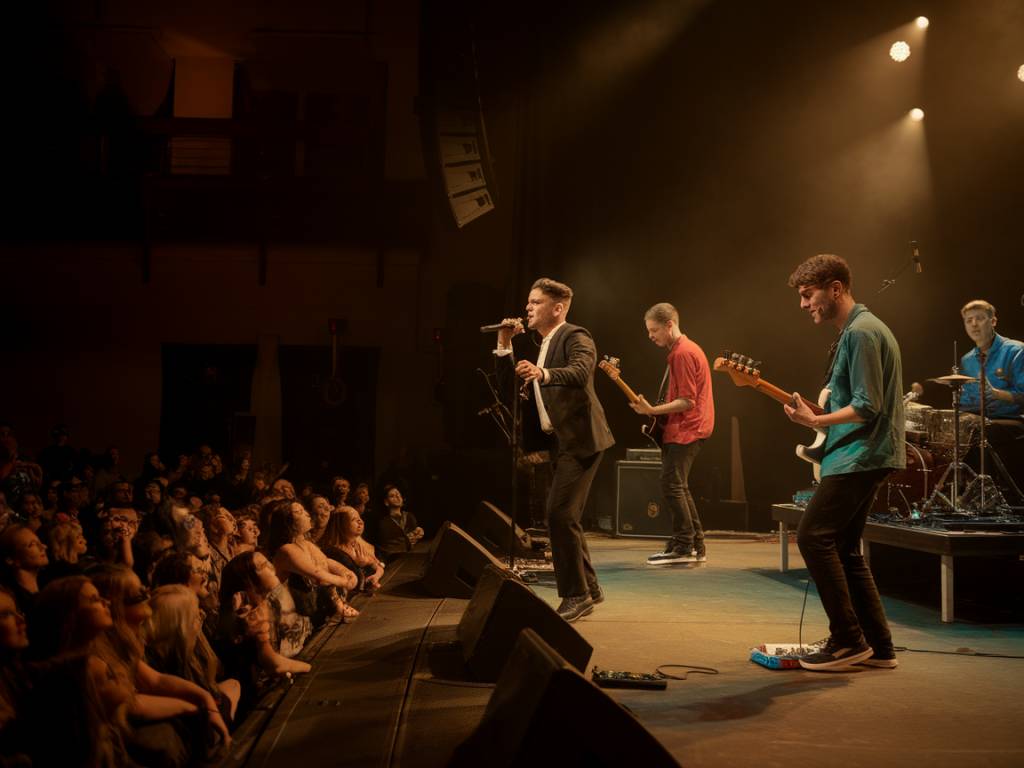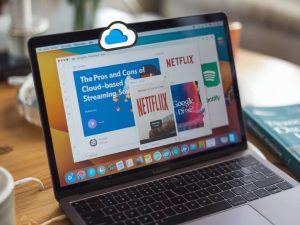How to broadcast live events with minimal delay

How to broadcast live events with minimal delay
As a journalist with a specialization in television broadcasting and YouTube, I have been following the technological advancements in live streaming with keen interest. One of the most pressing issues for broadcasters is minimizing delay during live events. Live streaming is already a highly technical endeavor, but ensuring minimal delay adds an extra layer of complexity. Fortunately, various strategies and technologies can help you achieve this. In this article, I’ll guide you through the best practices and technologies to broadcast live events with minimal delay.
Understanding Broadcast Latency
Latency, in the context of live streaming, is the delay between the moment an event happens in real-time and the moment it is displayed on a viewer’s screen. This delay can range from a few seconds to more than a minute depending on various factors such as internet connection, streaming platform, and encoding settings.
For live events, especially those that involve audience interaction or competitive elements like eSports, minimizing this delay is crucial. Even a few seconds can make the difference between an engaging experience and a frustrating one.
Optimizing Your Internet Connection
One of the primary culprits of live stream delay is a poor internet connection. Here are ways to optimize your connection:
Choosing the Right Streaming Protocol
Different streaming protocols offer varying levels of latency. Here are a few options:
Choosing the Right Hardware
High-quality, low-latency live streaming relies heavily on the hardware you use. Here’s a breakdown of the essential gear:
Optimizing Encoding Settings
Encoding settings directly affect the latency of your live stream. Here are some best practices:
Utilizing Low-Latency CDN Services
Content Delivery Networks (CDNs) play a crucial role in delivering your stream to viewers. Some CDNs specialize in low-latency streaming:
Monitoring and Testing
Before you go live, it’s crucial to test your setup to ensure minimal latency:
Case Studies of Successful Low-Latency Broadcasts
Examining successful low-latency broadcasts can offer valuable insights. Here are two examples:
eSports Tournaments: Competitive gaming events such as those organized by ESL and Riot Games require ultra-low latency to offer real-time interaction between players and viewers. These events often use a combination of high-speed internet, WebRTC streaming, and powerful hardware encoders to achieve less than 1-second delays.
Live Auctions: Platforms like Sotheby’s and Christie’s have taken their auctions online, requiring minimal delay to ensure fair bidding. These platforms use robust CDNs and low-latency streaming protocols to deliver real-time video to bidders across the globe.
Broadcasting live events with minimal delay is a multi-faceted challenge that involves optimizing your internet connection, choosing the right hardware and software, and continuously monitoring and adjusting your setup. By following these best practices and leveraging advanced technologies, you can achieve a seamless, low-latency live streaming experience that keeps your audience engaged and satisfied.






